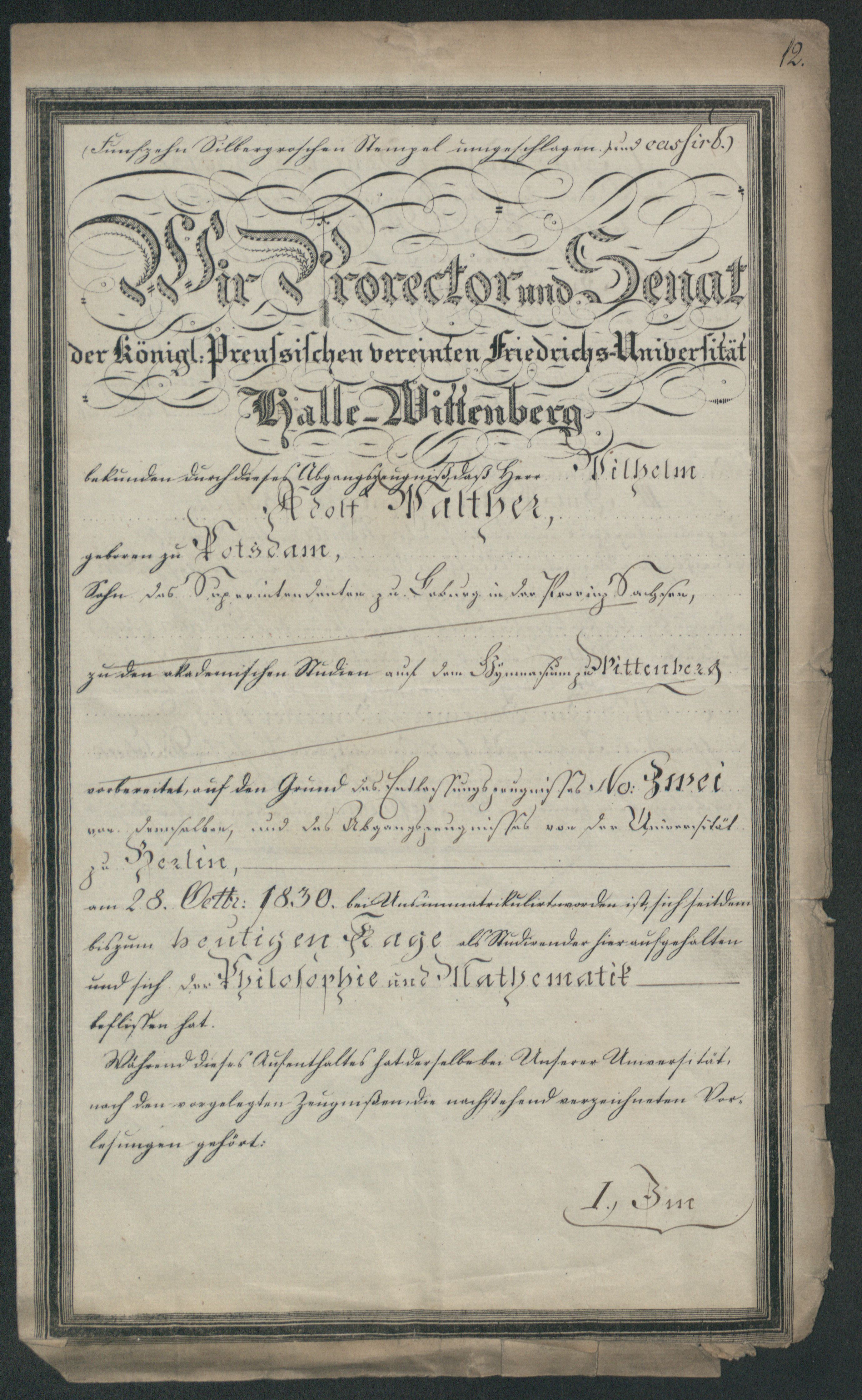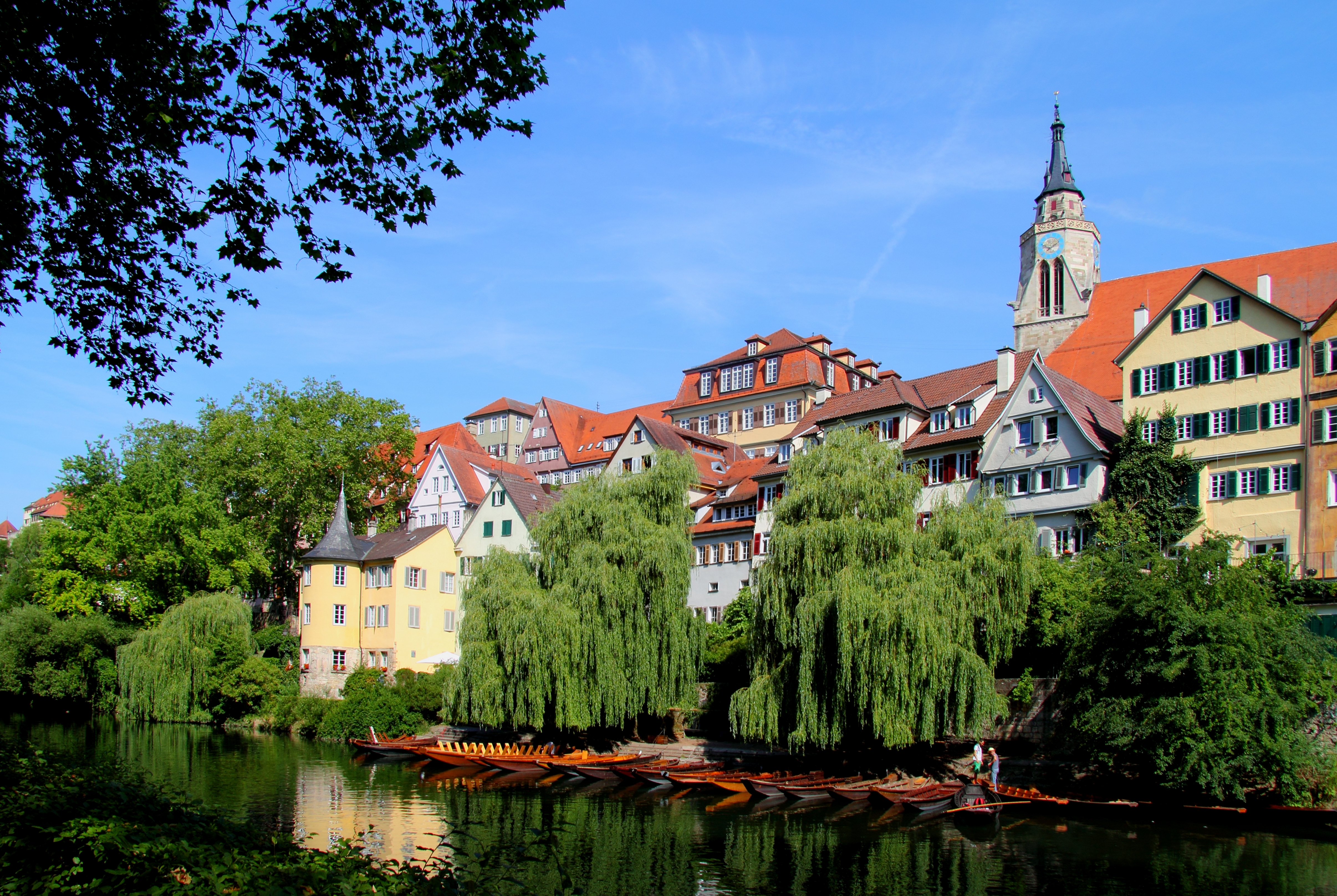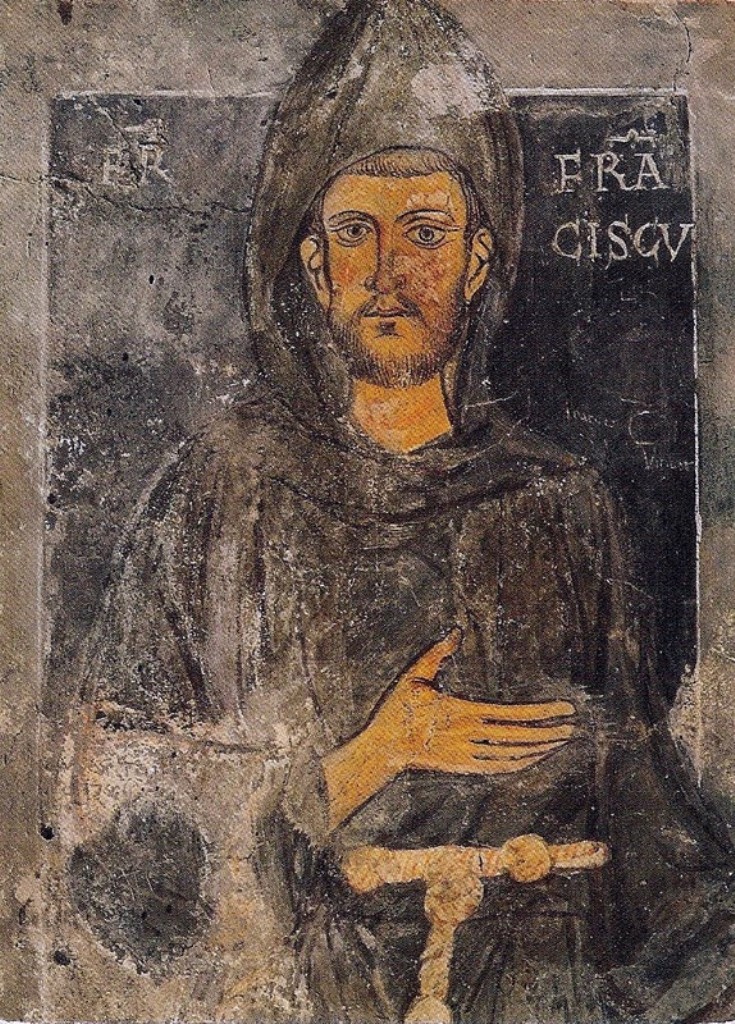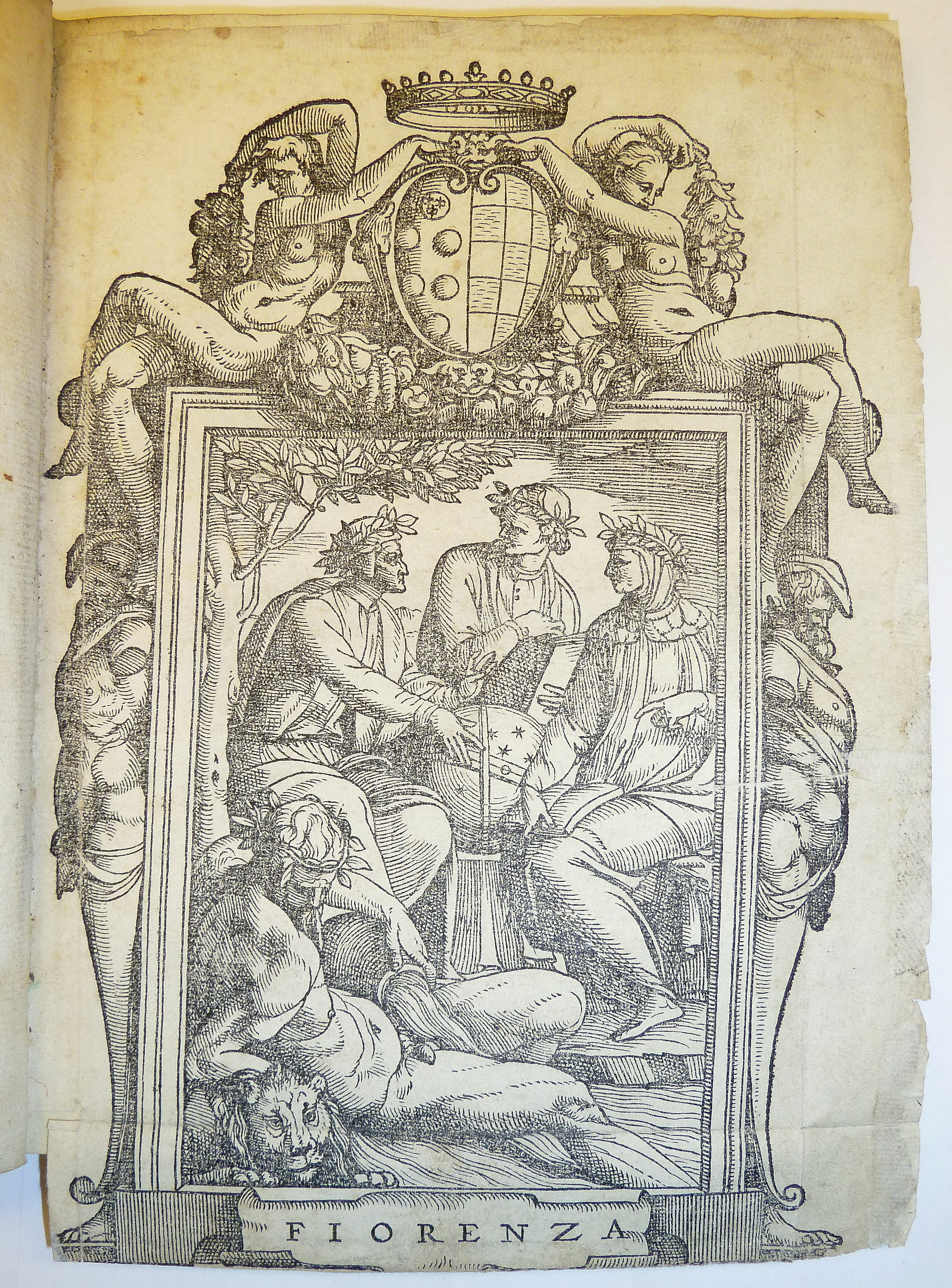|
Matthias Flacius
Matthias Flacius Illyricus (Latin; hr, Matija Vlačić Ilirik) or Francovich ( hr, Franković) (3 March 1520 – 11 March 1575) was a Lutheran reformer from Istria, present-day Croatia. He was notable as a theologian, sometimes dissenting strongly with his fellow Lutherans, and as a scholar for his editorial work on the '' Magdeburg Centuries''. Biography Early life and education Flacius was born in Labin (Albona) in Istria, son of Andrea Vlacich (Andrija Vlačić) alias Francovich and Jacobea (Jakovica) Luciani, daughter of a wealthy and powerful Albonian civic family. Her family was related by marriage to the local Lupetino (Lupetina) family: Jacobea's brother, Luciano Luciani, married Ivanka Lupetina, the sister of the friar Baldo Lupetino (Lupetina), likewise born in Labin, who later was condemned to death in Venice for his Lutheran sympathies. Andrea Vlacich was a small landowner, who died during his son's early childhood. Flacius went also by the name Franković. He ... [...More Info...] [...Related Items...] OR: [Wikipedia] [Google] [Baidu] |
Labin
Labin ( Italian/ Istriot: Albona) is a town in Istria, west Croatia, with a town population of 5,806 (2021) and 10,424 in the greater municipality (which also includes the small towns of Rabac and Vinež, as well as a number of smaller villages). History Labin developed from the site of the Roman settlement of Albona. Its name predates classical antiquity and is derived from Proto-Indo-European ''*alb-'' ("eminence", "hill"). Before and under the Roman occupation, Albona was an important commune. On a marble tablet the Roman inscription we read that under the Emperor Marco Iulio Severo Filippo noble Caesar noble Prince made Albona a Republic. To be a republic it had to have two joined Magistrates called Duumviri and Public officers called Aediles which took care of Public buildings and other official duties. From 1295 it was under the rule of the dukes of Pazin, and from 1381 it found itself under the jurisdiction of the Patriarchate of Aquileia. From 1420 until 1797 it was rul ... [...More Info...] [...Related Items...] OR: [Wikipedia] [Google] [Baidu] |
University Of Wittenberg
Martin Luther University of Halle-Wittenberg (german: Martin-Luther-Universität Halle-Wittenberg), also referred to as MLU, is a public, research-oriented university in the cities of Halle and Wittenberg and the largest and oldest university in the German state of Saxony-Anhalt. MLU offers German and international (English) courses leading to academic degrees such as BA, BSc, MA, MSc, doctoral degrees, and Habilitation. The university was created in 1817 through the merger of the University of Wittenberg (founded in 1502) and the University of Halle (founded in 1694). MLU is named after Protestant reformer Martin Luther, who was a professor in Wittenberg. Today, the university campus is located in Halle, while ''Leucorea Foundation'' in Wittenberg serves as MLU's convention centre. Both Halle and Wittenberg are about one hour from Berlin via the Berlin–Halle railway, which offers Intercity-Express (ICE) trains. History University of Wittenberg (''Universität Wittenb ... [...More Info...] [...Related Items...] OR: [Wikipedia] [Google] [Baidu] |
Wittenberg
Wittenberg ( , ; Low Saxon: ''Wittenbarg''; meaning ''White Mountain''; officially Lutherstadt Wittenberg (''Luther City Wittenberg'')), is the fourth largest town in Saxony-Anhalt, Germany. Wittenberg is situated on the River Elbe, north of Leipzig and south-west of Berlin, and has a population of 46,008 (2018). Wittenberg is famous for its close connection with Martin Luther and the Protestant Reformation, for which it received the honourific ''Lutherstadt''. Several of Wittenberg's buildings are associated with the events, including a preserved part of the Augustinian monastery in which Luther lived, first as a monk and later as owner with his wife Katharina von Bora and family, considered to be the world's premier museum dedicated to Luther. Wittenberg was also the seat of the Elector of Saxony, a dignity held by the dukes of Saxe-Wittenberg, making it one of the most powerful cities in the Holy Roman Empire. Today, Wittenberg is an industrial centre and popular tourist ... [...More Info...] [...Related Items...] OR: [Wikipedia] [Google] [Baidu] |
Tübingen
Tübingen (, , Swabian: ''Dibenga'') is a traditional university city in central Baden-Württemberg, Germany. It is situated south of the state capital, Stuttgart, and developed on both sides of the Neckar and Ammer rivers. about one in three of the 90,000 people living in Tübingen is a student. As of the 2018/2019 winter semester, 27,665 students attend the Eberhard Karls University of Tübingen. The city has the lowest median age in Germany, in part due to its status as a university city. As of December 31, 2015, the average age of a citizen of Tübingen is 39.1 years. The city is known for its veganism and environmentalism. Immediately north of the city lies the Schönbuch, a densely wooded nature park. The Swabian Alb mountains rise about (beeline Tübingen City to Roßberg - 869 m) to the southeast of Tübingen. The Ammer and Steinlach rivers are tributaries of the Neckar river, which flows in an easterly direction through the city, just south of the medieval old ... [...More Info...] [...Related Items...] OR: [Wikipedia] [Google] [Baidu] |
Basel
, french: link=no, Bâlois(e), it, Basilese , neighboring_municipalities= Allschwil (BL), Hégenheim (FR-68), Binningen (BL), Birsfelden (BL), Bottmingen (BL), Huningue (FR-68), Münchenstein (BL), Muttenz (BL), Reinach (BL), Riehen (BS), Saint-Louis (FR-68), Weil am Rhein (DE-BW) , twintowns = Shanghai, Miami Beach , website = www.bs.ch Basel ( , ), also known as Basle ( ),french: Bâle ; it, Basilea ; rm, label=Sutsilvan, Basileia; other rm, Basilea . is a city in northwestern Switzerland on the river Rhine. Basel is Switzerland's third-most-populous city (after Zürich and Geneva) with about 175,000 inhabitants. The official language of Basel is (the Swiss variety of Standard) German, but the main spoken language is the local Basel German dialect. Basel is commonly considered to be the cultural capital of Switzerland and the city is famous for its many museums, including the Kunstmuseum, which is the first collection of art accessible t ... [...More Info...] [...Related Items...] OR: [Wikipedia] [Google] [Baidu] |
Protestant Reformation
The Reformation (alternatively named the Protestant Reformation or the European Reformation) was a major movement within Western Christianity in 16th-century Europe that posed a religious and political challenge to the Catholic Church and in particular to papal authority, arising from what were perceived to be Criticism of the Catholic Church, errors, abuses, and discrepancies by the Catholic Church. The Reformation was the start of Protestantism and the split of the Western Church into Protestantism and what is now the Roman Catholic Church. It is also considered to be one of the events that signified the end of the Middle Ages and the beginning of the early modern period in Europe.Davies ''Europe'' pp. 291–293 Prior to Martin Luther, there were many Proto-Protestantism, earlier reform movements. Although the Reformation is usually considered to have started with the publication of the ''Ninety-five Theses'' by Martin Luther in 1517, he was not excommunicated by Pope Leo X ... [...More Info...] [...Related Items...] OR: [Wikipedia] [Google] [Baidu] |
Franciscan
, image = FrancescoCoA PioM.svg , image_size = 200px , caption = A cross, Christ's arm and Saint Francis's arm, a universal symbol of the Franciscans , abbreviation = OFM , predecessor = , merged = , formation = , founder = Francis of Assisi , founding_location = , extinction = , merger = , type = Mendicant Order of Pontifical Right for men , status = , purpose = , headquarters = Via S. Maria Mediatrice 25, 00165 Rome, Italy , location = , coords = , region = , services = , membership = 12,476 members (8,512 priests) as of 2020 , language = , sec_gen = , leader_title = Motto , leader_name = ''Pax et bonum'' ''Peace and llgood'' , leader_title2 = Minister General , leader_name2 = ... [...More Info...] [...Related Items...] OR: [Wikipedia] [Google] [Baidu] |
August Detlev Christian Twesten
August Detlev Christian Twesten (born in Glückstadt, April 11, 1789; died in Berlin, January 8, 1876) was a Lutheran theologian of Germany. Biography He studied at the University of Kiel, and for a period of time, worked as a gymnasium teacher in Berlin. In 1814 he returned to Kiel as an associate professor of philosophy and theology, and soon ranked next to Claus Harms in the Lutheran church of Holstein. In 1835 he succeeded Friedrich Schleiermacher at the University of Berlin, and in 1850 became a member of the new supreme ecclesiastical council of the United Evangelical Church. He was one of the chief representatives of those who strive to reconcile the views of Schleiermacher with orthodox Lutheranism. In: [...More Info...] [...Related Items...] OR: [Wikipedia] [Google] [Baidu] |
Giambattista Cipelli
Giovanni Battista was a common Italian given name (see Battista for those with the surname) in the 16th-18th centuries. It refers to "John the Baptist" in English, the French equivalent is "Jean-Baptiste". Common nicknames include Giambattista, Gianbattista, Giovambattista, or Giambo. In Genoese the nickname was Baciccio, and a common shortening was Giovan Battista, Giobatta or simply G.B.. The people listed below are Italian unless noted otherwise. * Giovanni Battista Adriani (c.1511–1579), historian. * Giovanni Battista Agnello (fl. 1560–1577), author and alchemist. * Giovanni Battista Aleotti (1546–1636), architect. * Giovanni Battista Amendola (1848–1887), sculptor. * Giovanni Battista Amici (1786–1863), astronomer and microscopist. * Giovanni Battista Angioletti (1896-1961), writer and journalist. * Giovanni Battista Ballanti (1762–1835), sculptor. * Giovanni Battista Barbiani (1593–1650), painter. * Giovanni Battista Beccaria (1716–1781), physicist. * Giova ... [...More Info...] [...Related Items...] OR: [Wikipedia] [Google] [Baidu] |
Renaissance Humanism
Renaissance humanism was a revival in the study of classical antiquity, at first in Italy and then spreading across Western Europe in the 14th, 15th, and 16th centuries. During the period, the term ''humanist'' ( it, umanista) referred to teachers and students of the humanities, known as the , which included grammar, rhetoric, history, poetry, and moral philosophy. It was not until the 19th century that this began to be called ''humanism'' instead of the original ''humanities'', and later by the retronym ''Renaissance humanism'' to distinguish it from later humanist developments. During the Renaissance period most humanists were Christians, so their concern was to "purify and renew Christianity", not to do away with it. Their vision was to return '' ad fontes'' ("to the sources") to the simplicity of the New Testament, bypassing the complexities of medieval theology. Under the influence and inspiration of the classics, humanists developed a new rhetoric and new learning. Some ... [...More Info...] [...Related Items...] OR: [Wikipedia] [Google] [Baidu] |
Venice
Venice ( ; it, Venezia ; vec, Venesia or ) is a city in northeastern Italy and the capital of the Veneto region. It is built on a group of 118 small islands that are separated by canals and linked by over 400 bridges. The islands are in the shallow Venetian Lagoon, an enclosed bay lying between the mouths of the Po and the Piave rivers (more exactly between the Brenta and the Sile). In 2020, around 258,685 people resided in greater Venice or the ''Comune di Venezia'', of whom around 55,000 live in the historical island city of Venice (''centro storico'') and the rest on the mainland (''terraferma''). Together with the cities of Padua and Treviso, Venice is included in the Padua-Treviso-Venice Metropolitan Area (PATREVE), which is considered a statistical metropolitan area, with a total population of 2.6 million. The name is derived from the ancient Veneti people who inhabited the region by the 10th century BC. The city was historica ... [...More Info...] [...Related Items...] OR: [Wikipedia] [Google] [Baidu] |




.jpg)


.jpg)